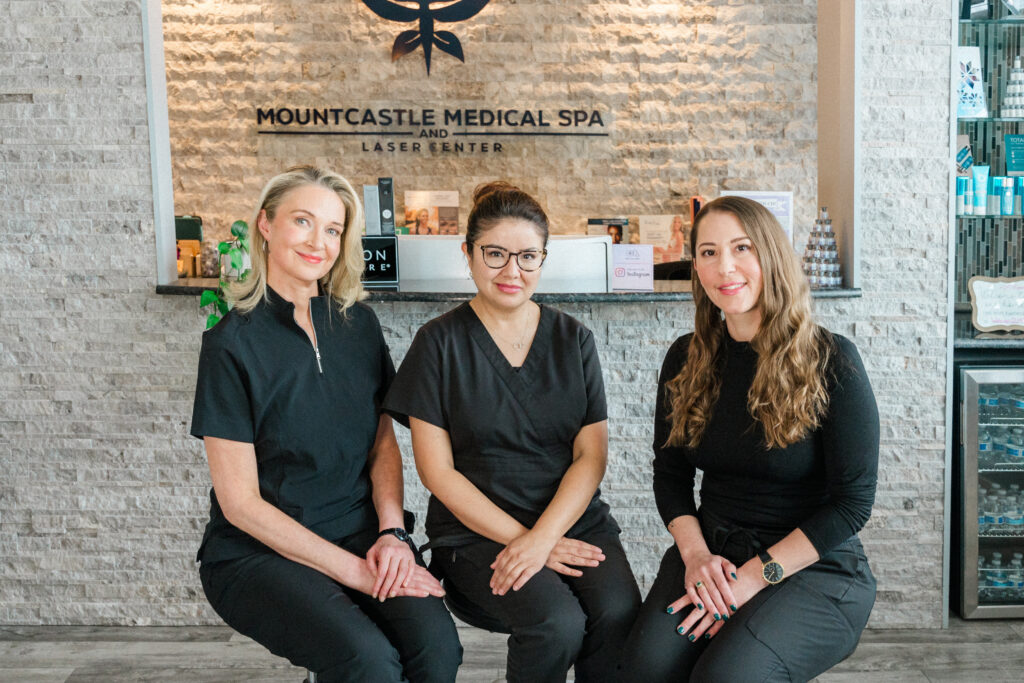Posted April 20, 2025 in prf Hair regrowth
A successful non‑surgical hair‑restoration plan combines complementary therapies that target follicular stimulation, microcirculation, and cellular regeneration. Below, we review five core modalities—LED (LLLT), PDGF, minoxidil, tretinoin, plus microneedling‑assisted PRP/PRF—each with an evidence‑based regimen, and then outline a 3–6‑month step‑wise algorithm.

1. Low‑Level Light Therapy (LLLT / LED)
- Regimen:
- Frequency: 3 × per week
- Duration: 20 minutes/session for 6 months
- Mechanism: Photobiomodulation upregulates mitochondrial activity, boosts ATP, and enhances scalp blood flow.
- Evidence: Meta‑analysis shows a significant increase in hair density vs. sham (SMD 1.555; 95% CI 1.132–1.978) with low‑frequency LLLT PubMedKarger.
2. Platelet‑Derived Growth Factor (PDGF)
- Regimen:
- Injection series: 3–4 sessions, 4 weeks apart
- Volume: 0.5–1 mL PDGF‑BB concentrate per 5 cm² scalp
- Mechanism: PDGF‑BB promotes dermal fibroblast proliferation, angiogenesis, and anagen‑phase entry.
- Evidence: PDGF signaling is essential for maintaining the hair‑follicle dermal stem‑cell niche and regenerative capacity PMC.
3. Topical Minoxidil
- Regimen:
- Concentration: 5% solution or foam
- Application: Twice daily for 6 months
- Mechanism: Vasodilation and potassium‐channel opening prolongs anagen phase.
- Evidence: Classic trials report up to 60–70% of users show regrowth; combining with tretinoin converts non‑responders into responders PubMedPubMed.
4. Topical Tretinoin
- Regimen:
- Concentration: 0.01–0.025% nightly
- Timing: Start 5 days prior to minoxidil initiation and continue concurrently
- Mechanism: Increases follicular sulfotransferase, enhancing local minoxidil activation.
- Evidence: In one cohort, topical tretinoin converted 43% of predicted non‑responders to minoxidil into responders after 5 days PubMed.
5. Microneedling + PRP/PRF
- Regimen:
- Sessions: 3 initial monthly sessions, then maintenance every 4–6 months
- Needling depth: 1.5–2.0 mm
- Adjunct: Apply autologous PRP/PRF immediately post‑needling
- Mechanism: Microchannels enhance growth‑factor delivery; PRP/PRF supplies PDGF, TGF‑β, VEGF.
- Evidence: PRP increases hair density by ~15–20% vs. baseline; well‑tolerated with minimal downtime ScienceDirect.
3–6‑Month Treatment Algorithm
| Month(s) | Foundation | Regenerative Boost | Notes |
|---|---|---|---|
| 1–3 | • Minoxidil 5% twice daily | • LLLT 3×/week | Begin nightly tretinoin 5 days before minoxidil Start microneedling + PRP session #1 |
| • Tretinoin nightly (0.01–0.025%) | |||
| 4–6 | • Continue minoxidil + tretinoin + LLLT | • PDGF injections (3 sessions) | Schedule PDGF at weeks 4, 8, 12 |
| • Microneedling + PRP session #2 | |||
| Maintenance | • Minoxidil + LLLT (1–2×/week) | • Booster PDGF or PRF every 6 months | Transition to PRF only if platelet yields low |
Supporting Evidence Summary
- LLLT: Significant density gains in androgenetic alopecia with low‑frequency protocols PubMedKarger.
- PDGF: Critical for stem‑cell niche renewal in hair follicles, offering consistent growth‑factor dosing PMC.
- Minoxidil + Tretinoin: Tretinoin upregulates activation enzymes, converting ~43% of minoxidil non‑responders into responders PubMedPubMed.
- PRP/PRF: Autologous growth factors boost density by 15–20% with excellent safety ScienceDirect.
Conclusion
By integrating these modalities into a structured 3–6‑month plan—starting with foundation therapies, adding growth‑factor and light‑based boosts, then moving into maintenance—you maximize follicular stimulation and patient adherence. Always tailor concentrations and session timing to individual tolerances and monitor progress (phototrichograms/trichoscopy) every 3 months.
